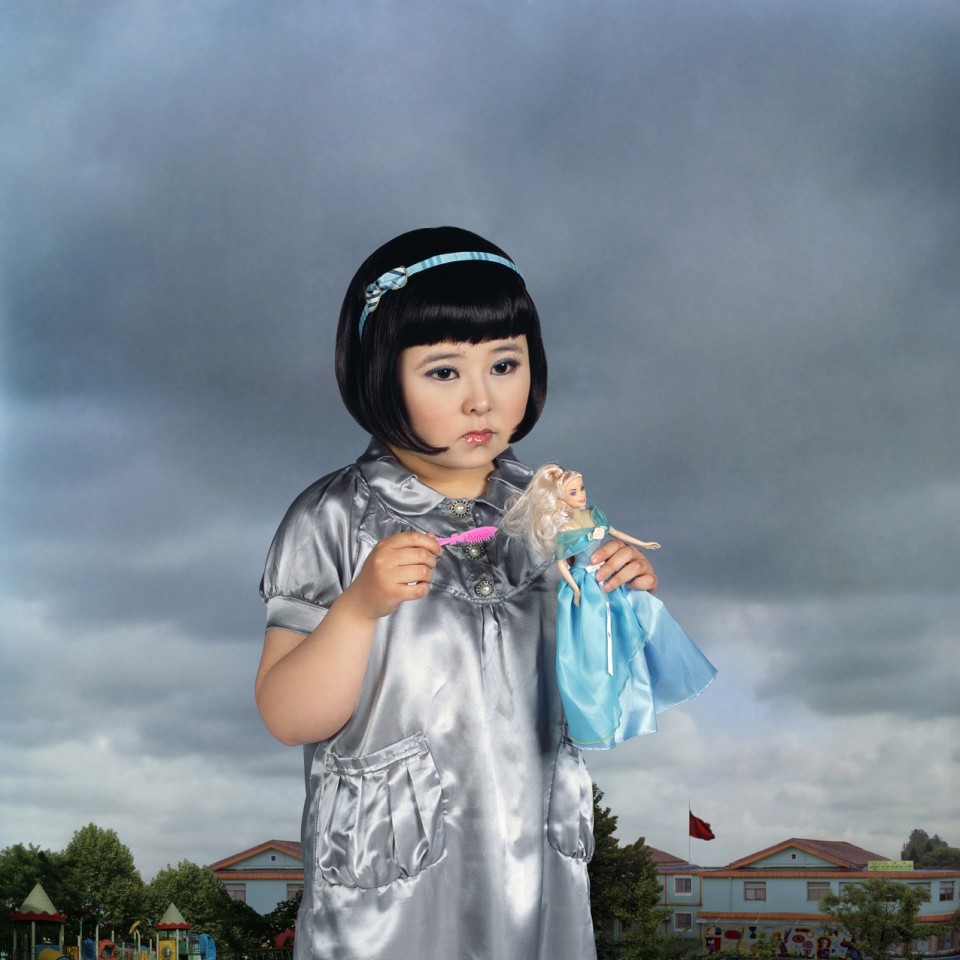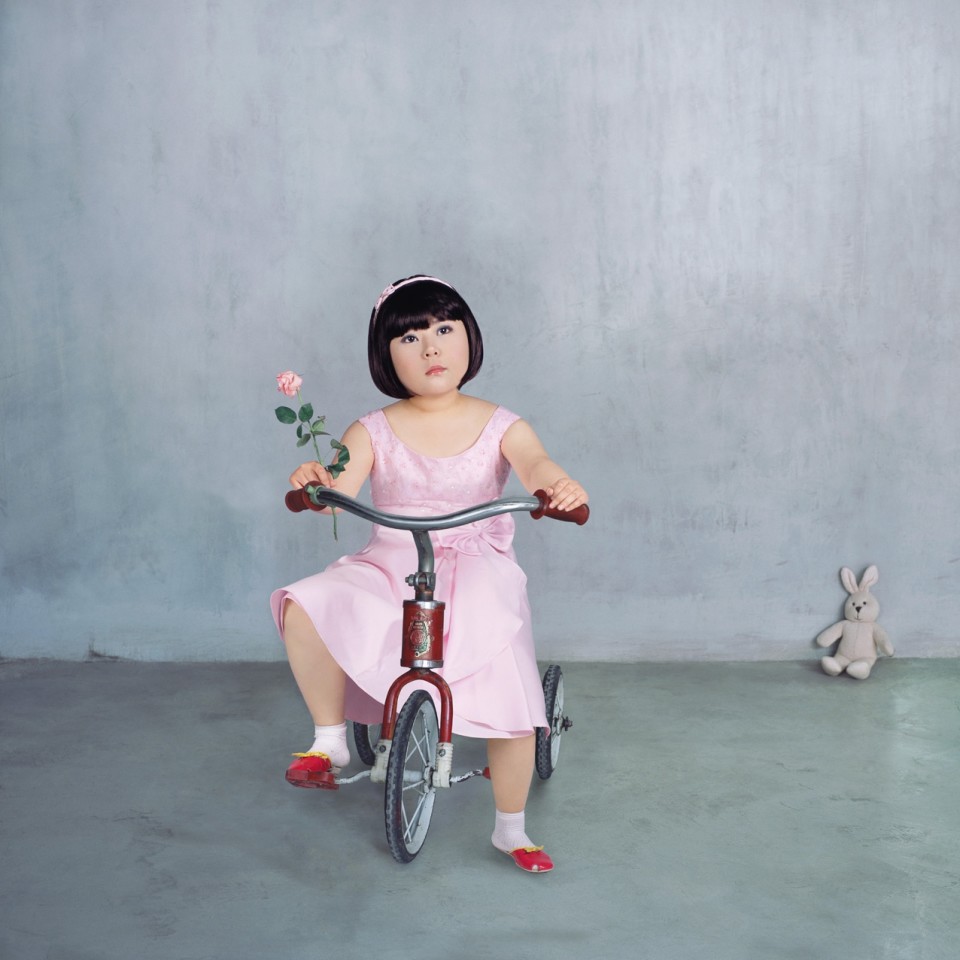
Contemporary Chinese art photography
What is contemporary Chinese art photography and how it looks like? Recently I had a chance to learn it. So, I visited exhibition Big Little life, which includes series by modern Chinese woman photographers, including Liu Silin, Lu Yufan, Yu Xiaodong, and Jiayue Yu. These series of photographs do not solely focus on gender, but rather immerse viewers in a world of emotions and the passage of time, exploring themes of loss and its overcoming through the medium of photography. The exhibition was prepared by the Mart Photography Center in collaboration with the Confucius Institute at the Ural Federal University.
“Narrative beautifully portrays the journey of human life from birth to death, offering a dramatic and thought-provoking experience”

Each artwork was created using special techniques, ranging from photo manipulation of archival photographs to experiments with thermal radiation.
Never Grow Up
One notable series, titled “Never Grow Up,” particularly struck a chord with me. It delves into the concept of eternal youth and the longing to preserve innocence and wonder throughout our lives. Through the lens of these talented photographers, we are invited to contemplate our own journeys and the passage of time.
In a way, this realization of infantilism, the unwillingness to embrace the ‘adult’ world, feels familiar to me. And it’s even more understandable the feeling of needing to step out of state of childhood (but can’t we still sometimes remain a child? We even need to, as creativity is the privilege of the child within us!) So, it is necessary to protect the inner child, there’s no need to get rid of this part of us.











DD.MM.YY
Another captivating triptych, “DD.MM.YY” by Yu Xiaodong, presents life moments resembling copies of Renaissance masterpieces. The meticulous composition of these photo puzzles unveils an intriguing simultaneity, evoking a sense of connection. It reminded me of the influence of photography on modern art and painting, which I previously explored.





I Am Everywhere
The exhibition also features works in the genre of pseudo-documentary photography, such as Liu Silin’s series titled “I Am Everywhere.” Through digital photo manipulation, the artist inserts herself into archival photos alongside prominent figures and celebrities from the 20th century. This project was showcased at a major European photo festival in Arles, France.
To be honest, this series evoked mixed emotions and sparked echoes of postmodernism within me. On one hand, I see an enlightening concept, while on the other hand, it reminded me of an intriguing contemporary cultural phenomenon. Perhaps you’ve come across similar instances on social media. Several years ago, a profile emerged on a well-known social networking site featuring deliberately poorly executed photo montages, depicting the account owner alongside celebrities and expensive cars. Through this approach, the account gained immense popularity. Both these stories embody pure postmodernism, with its elements of quotation and reinterpretation. It prompts us to reflect.










Jiayue Yu – In Retrospect

“I print my photographs in a life-size scale, and use them to build believable spaces. Then I photograph myself posing in front of these prints, interacting with the people depicted in the prints, as if I am re-living that moment, or living in that relationship again, or doing something that I wish I had done.”
Jiayue Yu
Interestingly, this approach carries a sense of psychotherapy—immersing oneself in past moments to understand, rectify, and relive them. It involves self-reflection. Many psychologists believe that self-reflection aids personal growth and helps individuals become aware of their mistakes. According to Argyris, it acts as a trigger for personal development, not only abstractly but also practically, enhancing competencies, knowledge, and skills.
In addition to these profound reflections, the photographs and the inherent introspection within them reminded me of important concepts. This includes the significance of a continuous cycle of “learning-application-reflection-application,” deeply rooted in Zen philosophy (which propelled Japanese economy to the forefront after the devastating aftermath of World War II).





Grandma
“Grandma” by Lu Yufan concludes the exhibition, portraying the departure of a loved one through thermal imaging photographs. The artist entered the world of photography after her grandmother’s funeral. By employing cameras capable of capturing thermal radiation, she visualizes the traces of warmth and love left behind.



Contemporary Chinese art photography
Contemporary Chinese art photography, as showcased in these exhibitions, offers not only a glimpse into the artists’ collective vision but also diverse approaches to reinterpreting photographic techniques. The photographers have explored various methodologies, incorporating digital photo manipulation, collage, and the use of unconventional technical tools, repurposed for their artistic concepts. They have also experimented with personal and public archives, resulting in intriguing pseudo-documentary compositions.
If you’re eager for more captivating reads, I recommend exploring five interesting and mysterious facts about photography.
Watch more:
http://www.8mart1.ru/exhibition.htm
https://www.lensculture.com/articles/jiayue-yu-in-retrospect
https://photographyofchina.com/author/liu-silin
Contemporary Chinese art photography